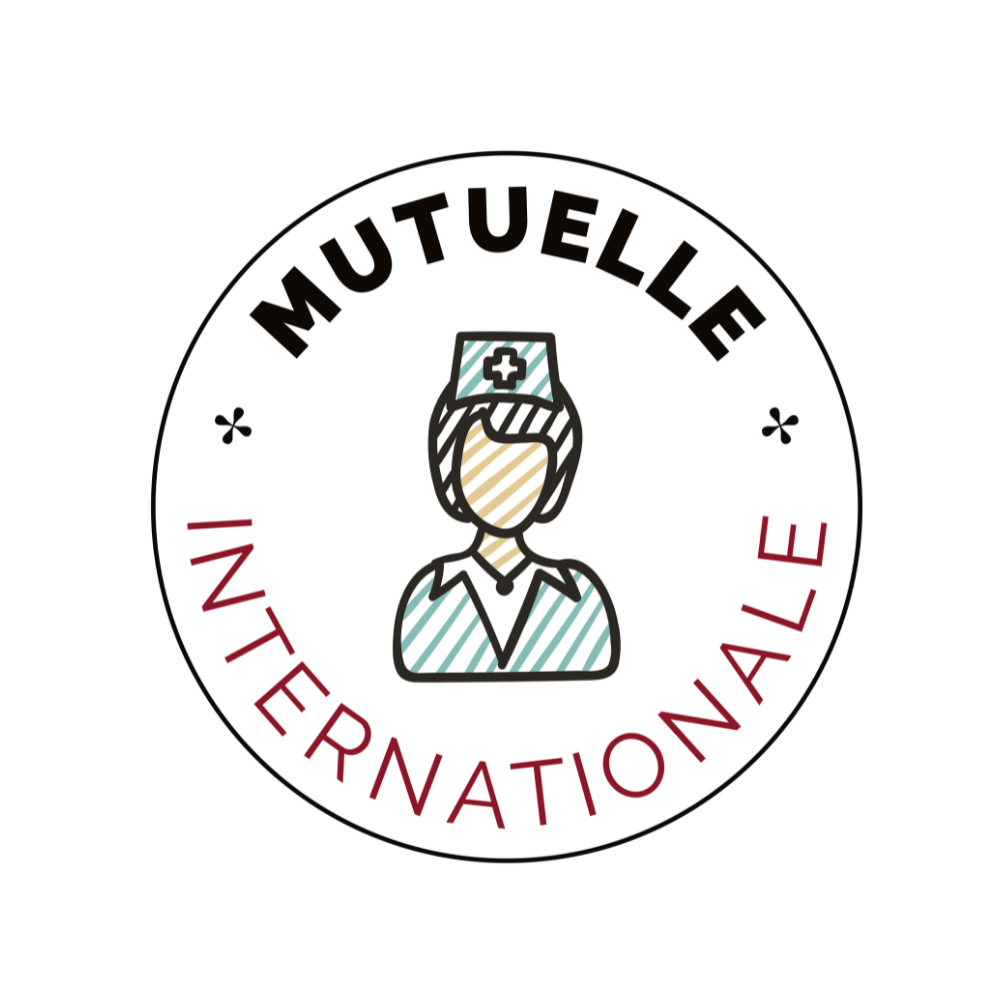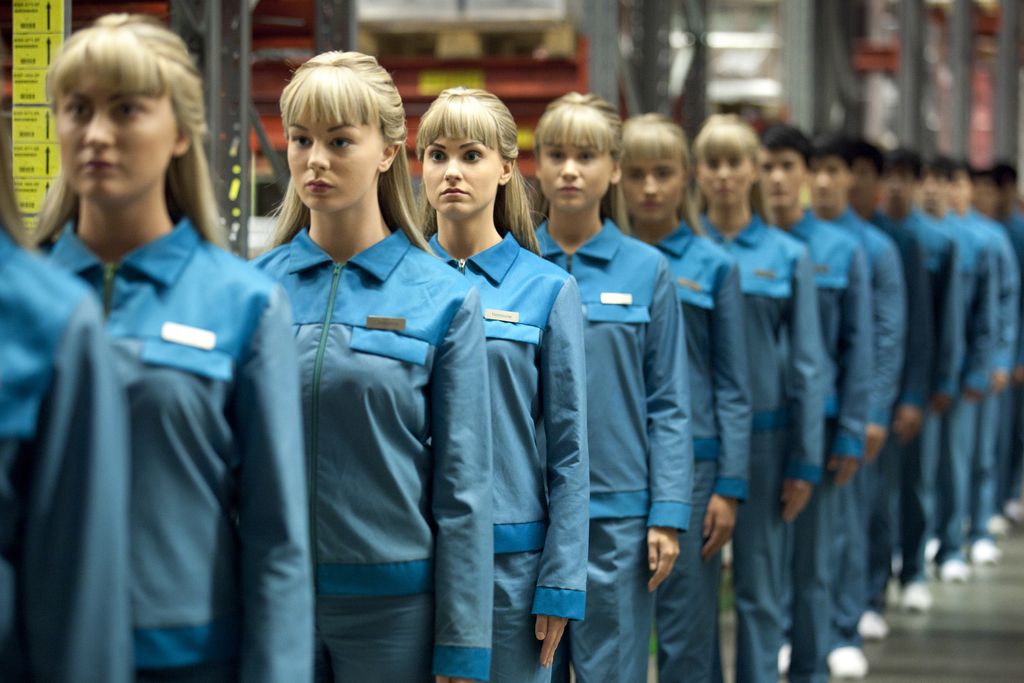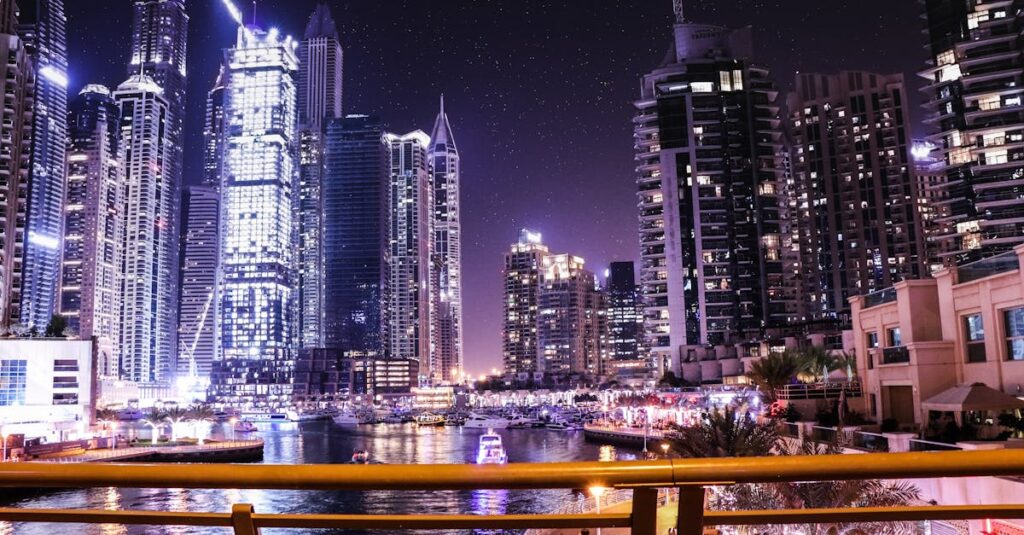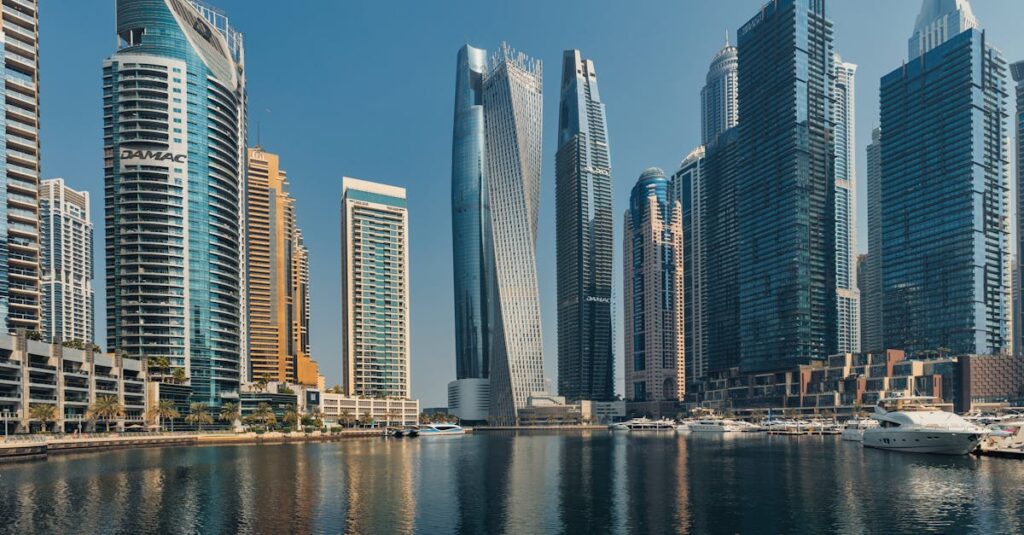|
IN BRIEF
|
In a changing world, Brave New World by Aldous Huxley stands out as a visionary work which questions our relationship to technology and at well-being. Through sincere and engaging coverage, Huxley immerses us in the twists and turns of a society governed byeugenics and scientific manipulation. The novel raises essential questions about human nature and the choices we make to achieve what we believe to be an optimized existence. Far from being content with a simple fiction, this work challenges and pushes us to reflect on the very meaning of freedom and of happiness in a world dominated by a quest for perfection.
In his novel The best of all worlds, Aldous Huxley depicts a futuristic society controlled by eugenics and technology, where the well-being of humanity takes precedence over all other considerations. Through this analysis, we will examine the benefits and the disadvantages that the work raises, both through its evocative cover and its underlying messages.
Benefits
The cover of The best of all worlds perfectly symbolizes the essence of the work. She evokes a technological universe and sanitized, where the beauty of the natural world is literally erased to make way for artificial harmony. This visual representation embodies the idea that man, through his ingenuity, can create an ideal environment capable of improving living conditions. But deep down, this environment hides a dystopian reality.
One of the main benefits of the work lies in its ability to challenge the reader about the potential excesses of scientific advances. Huxley highlights the effects of industrialization on the individual, and how birth control can lead to the alienation of humanity. Indeed, the thesis that happiness can be achieved via genetic manipulation pushes us to reflect on our relationship to freedom and to our identify.

Insurance for expatriates: the importance of flexibility in your choices
In a constantly changing world, and with the resumption of expatriation expected in 2025 after the slowdown caused by the Covid-19 pandemic, the role of expatriate insurance has never been more crucial. Companies must now ensure that their employees, spread…
Disadvantages
control and the absence of real emotions raises several questions. From an aesthetic and ethical point of view, hedging can also be seen as a form ofillusion which disguises the depth of the themes addressed. The idea of a perfect world, where everything is under control, is attractive but comes with its share of drawbacks.
One of these disadvantages lies in the fact that the quest for happiness, when linked to the uniformity of society, leads to a standardization human behaviors. Therefore, Huxley raises crucial questions regarding the true nature of happiness: is it truly sustainable if it means giving up our humanity? The cover symbolizes this dramatic question, where the attraction of perfection collides with the reality of human existence, made of contradictions and choices.
In this article, we will explore the richness of The best of all worlds, the work of Aldous Huxley, through an analysis of its cover and the messages it conveys. We will discuss the visual and symbolic elements that transform this iconic work into a powerful reflection on modern society and the dangers of technological control over humanity.

Mondial Assistance reaches 1.5 billion euros in turnover in 2007 and prepares for future growth
In 2007, Mondial Assistance reached a historic milestone by reaching €1.5 billion in revenue. This milestone marked a turning point in the company’s expansion, and the company was already planning its future growth paths. In a sector where innovation is…
An evocative cover
The cover of The best of all worlds is often one of the first things the reader notices. It can integrate symbols linked to the technology and to theeugenics, central themes of the book. The illustrations may vary from one edition to another, but they are generally intended to arouse intrigue and prepare the reader to delve into a universe where the human nature is manipulated by science.

Choosing the right mutual insurance for expatriates in Asia
Embarking on an expat life in Asia is an exhilarating adventure, filled with cultural discoveries and professional opportunities. However, a crucial question quickly arises: how can you ensure adequate health coverage that protects both your well-being and your budget? Whether…
Colors and their meaning
The colors used on the cover play a vital role in conveying messages. Cool tones, such as blue and gray, can symbolize emotional distance and the sanitization of a society where emotions are stifled. On the other hand, more vibrant colors can evoke a mood of false happiness and illusion, suggesting a contrast between the apparent perfection of the world and its real imperfections.

Boursorama Banque and Revolut: financial services duel in 2025
Boursorama Banque and Revolut are emerging as essential pillars of modern financial services. While Boursorama Banque perpetuates its heritage of reliability and French banking tradition, Revolut represents the breakthrough of a bold British neobank with innovative features. Their duel promises…
Key visual elements
The visual elements on the cover, such as technological devices, cloned babies, or symbols related to consumption, reflect the materialistic values of the society described by Huxley. These graphic representations warn us of the dangers of a life governed by scientific progress without ethics. Thus, each visual detail becomes an element of reflection on the impact of technology in our daily lives.

Discover LovExpat: the first dating app dedicated to French expats
Expat life is a unique adventure, marked by the challenges of adapting to a new culture, creating new social networks, and sometimes, finding a romantic connection. LovExpat, the app born from the vision of two French sisters, addresses this need.…
The underlying themes revealed by the cover
The cover not only seduces, it also immerses us in the fundamental themes of the work. Totalitarian control, manipulation of birth and the quest for artificial happiness are all areas of reflection that we can detect before even opening the book. It invites us to question our own relationship to well-being and to freedom.

AgoraExpat – Your Reliable Ally for Expatriate Medical Coverage
Living in a foreign country is an enriching adventure, but it also comes with unique challenges, particularly when it comes to healthcare. Navigating a new healthcare system can be complex and worrying. Therefore, the need for reliable and comprehensive medical…
Conclusion on the importance of coverage
In short, the coverage of The best of all worlds should not be neglected. It is a first gateway to a work that asks crucial questions about the state of our society and the ethical choices we face. By understanding these messages, we are better prepared to approach Huxley’s text with a critical and illuminating perspective.
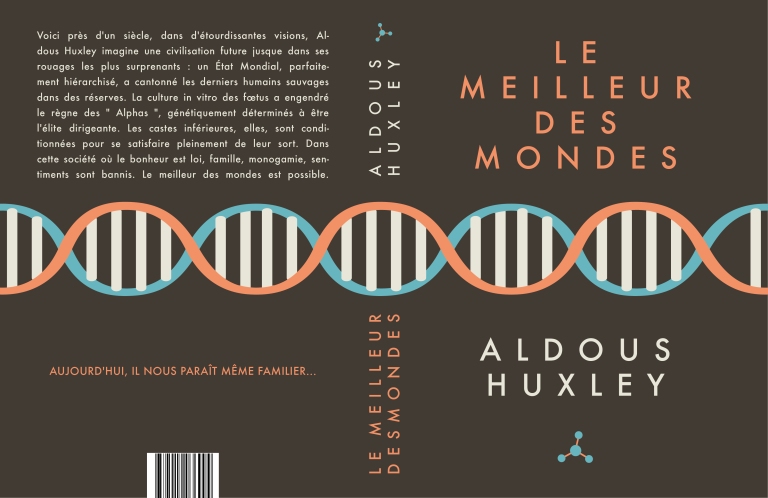
Brave New World, written by Aldous Huxley, is an anticipation novel that immerses the reader in a futuristic society marked by scientific control and genetic manipulation. Through this work, Huxley highlights the dangers of an excessive quest for happiness and stability, while highlighting the moral and ethical implications of a world dominated by technology. This article aims to analyze the cover of this emblematic book as well as its underlying messages.
An evocative cover
The cover of The best of all worlds plays a crucial role in the interpretation of the work. It visually illustrates the main themes: dehumanization, control and utopia. The images often chosen, whether stylized human silhouettes or technological symbols, immediately evoke the idea of a dystopian society where the individual is subordinate to the collective.
Strong symbols
The graphic elements of the cover are not trivial. They represent the concepts ofeugenics and industrialization of births, central themes of the novel. The presence of cold colors and clean lines suggests a superficial harmony, camouflaging the frigid reality of an existence governed by strict rules and hierarchies.
The message of a controlled society
Aldous Huxley uses this aestheticization of horror to convey a powerful message: the illusion of happiness can lead to indifference and suffering. By looking at the representation of society on the cover, the reader is invited to become aware of the dangers which reside in an absolute domination of the science and the technology.
Questioning our own society
Another important aspect of the cover is its invitation to reflect on our own world. By featuring elements that might seem familiar due to our technological advances, Huxley asks us what we are willing to sacrifice in the name of progress. This questioning resonates particularly in our time, where the cloning and assisted reproductive technologies spark intense ethical debates, as illustrated by recent events in the news.
Risk of a standardized society
Finally, the cover supports the idea that uniformity can mean stagnation. She warns against the temptation to reduce humanity to a simple economic equation, where each individual is interchangeable. Huxley thus exhorts his readers to defend their humanity facing the sirens of a Utopia which could turn out to be a dystopia.
Analysis of the cover and messages of Brave New World
| Cover Elements | Related posts |
| Image of industrialization | Criticism of consumer society and dehumanization. |
| Symbolism of artificial happiness | Questioning the true nature of happiness. |
| Bright colors | Illusion of a perfect life masking disturbing realities. |
| Stylized human figures | Uniformity and loss of individuality in favor of collectivization. |
| Ubiquitous technology | Risk of dependence and social control through technological connections. |
| Absence of nature | Distance of humans from their natural and spiritual roots. |
| References to eugenics | Criticism of the excesses of science and genetic manipulation. |

Testimonials on Brave New World: an analysis of the cover and its messages
In The best of all worlds, Aldous Huxley immerses us in a disturbing reality, enriched by a cover that immediately attracts attention. The illustration on the front cover evokes a futuristic society, both seductive and disturbing. Bright colors and modern patterns suggest unprecedented technological progress, yet mask the darkness of truths hidden beneath this veneer of perfection.
At the heart of this novel, the idea of a world where well-being of humanity is central takes root in a society entirely shaped by science. Far from being a utopia, this reality is marked by the eugenic control and genetic manipulation. The cover highlights this paradox: although humanity seems to have reached its full potential, this success is accompanied by a loss of freedom and authenticity. This dichotomy between appearance and reality is essential to the analysis of the work.
The themes that emerge from The best of all worlds resonate today with particular force, particularly with regard to discussions on the cloning and biotechnology. The apparent success of society in the novel is based on artificial well-being, where human relationships are superficial and measured. This reflection of our own times, where technology is constantly redefining our interactions, encourages the reader to reflect on the value of authentic happiness in the face of totalitarian systems of control.
By analyzing the coverage and messages conveyed by The best of all worlds, we are confronted with profound questions about human nature. Huxley urges us to consider the risk of a world where scientific progress, while promising, could lead to real alienation. The eye-catching beauty of the cover thus becomes the symbol of threatened happiness, encouraging everyone to consider the consequences of our technological and societal choices.
In his novel Brave New World, Aldous Huxley imagines a futuristic society where happiness and productivity take precedence over individual freedom. Through this dystopian work, he raises profound questions about human nature, technology and the consequences of a quest for perfection at all costs. This article offers an analysis of the cover of the work, as well as the key messages it conveys, encouraging reflection and criticism.
The cover: a reflection of a controlled company
The cover of Brave new world is essential to grasp the essence of the story. Often illustrated by images evoking cloning or technological elements, it immediately captures the reader’s attention and symbolizes the constraint which reigns within this society. The visuals chosen, whether they are silhouettes of uniformly dressed individuals or hygienic laboratories, perfectly translate the eugenics ideology put forward by Huxley.
A dehumanized world
The graphic representation often chosen for the cover highlights the dehumanization of individuals. The society described by Huxley is based on cloning and genetic manipulation, thus making each human being interchangeable, almost like a consumer product. The visuals evoke a sanitized vision of the world, where emotion and humanity are relegated to a bygone past.
The messages hidden behind the cover
Beyond its simple aesthetic, the cover of the Brave new world contains powerful messages about our relationship to technology and to the freedom. Huxley warns us of the dangers of a society where immediate satisfaction annihilates the depth of human emotions. This visual staging invites us to question our own world and the evolution of the technologies that shape our lives.
Happiness at the expense of freedom
One of the major arguments of the novel, illustrated by the cover, is that the quest for absolute happiness can lead to the eradication of individual freedoms. Huxley seems to ask: how far are we prepared to go to guarantee collective well-being? The cover, with its futuristic elements, echoes our own times where technology promises happiness and ease, while asking us the question of the price to pay.
Towards a consumerist society
The society that Huxley draws, as the cover suggests, is also deeply consumerist. Every aspect of life is conditioned by a commercial logic, where human relationships are superficial and emotions standardized. Through these illustrations, the reader is led to reflect on their own place in a world increasingly dominated by consumption and efficiency.
The cover of Brave New World by Aldous Huxley acts as a powerful catalyst for thought. By mixing graphic elements evoking technological control and dehumanization, it engages the reader to explore the ethical and sociological implications of a world governed by the quest for happiness at all costs. Through this analysis, Huxley offers us a powerful vision of our potential future, inspiring us to preserve our humanity in the face of the challenges of the modern era.
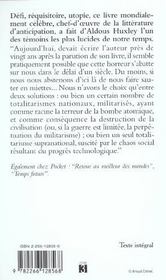
Analysis of the cover and messages of ‘Brave New World’
The cover of ‘Brave New World’, Aldous Huxley’s seminal work, often juxtaposes futuristic iconography and symbols of consumerism, a faithful reflection of a society where the individual is subsumed by the State and technological standards. This visual evokes a poignant premonition of a future where humanity is lost in the twists and turns of eugenics and social control, a central theme of the novel. Huxley paints a disturbing portrait of an existence where free will is sacrificed on the altar of productivity and apparent harmony.
THE underlying messages of the text are both critical and preventive. Huxley does not hesitate to denounce a utopian vision which masks dystopian realities. The society described, characterized by systematic brainwashing and conditioning from birth, prohibits any form of authentic emotion or individuality. Each citizen is designed to fulfill a predefined role, thus annihilating human diversity in favor of a devastating homogeneity. This powerful allegory challenges the reader to the dangers of excessive progress and the absence of human values in a world dominated by technology.
Finally, Huxley warns us of the consequences of an addiction to consumption and immediate pleasure, which can lead to an apathetic society, where happiness is artificially orchestrated. The incessant quest for material satisfaction takes precedence over true human passions, reducing existence to a series of ephemeral experiences. Thus, ‘Brave New World’ not only offers a reflection on a possible future, but above all serves as a mirror to our own contemporary concerns, pushing us to question the path we are taking. This work retains its full resonance at a time when technologies continue to redefine our lives.
FAQ on “Brave New World”: an analysis of the cover and its messages
What is the main theme of Brave New World? This novel by Aldous Huxley addresses the theme of scientific control on humanity and the consequences of a eugenic society where well-being is prioritized.
How does Huxley represent eugenics in his work? Huxley depicts a world where procreation is no longer done naturally, but through scientific processes, thus offering a sharp criticism of the excesses of technology.
What values are conveyed by the book cover? The cover often symbolizes the illusion of a eternal happiness and deceptively perfect, suggesting that this quest for comfort can lead to dehumanization.
Why does Huxley’s dystopia remain relevant today? The themes of technological control and eugenics are increasingly discussed in our modern society, making the analysis of Huxley and his messages more accessible and timely.
What message does Huxley want to convey about scientific progress? Huxley highlights the danger posed by scientific progress unregulated, emphasizing that even the most advanced innovations can have destructive effects on humanity if they are not framed by solid ethics.
How does “Brave New World” criticize consumerism? The novel critiques a world where individuals consume without thinking, emphasizing that this obsession with consumerism can lead to loss of identity and personal freedom.
